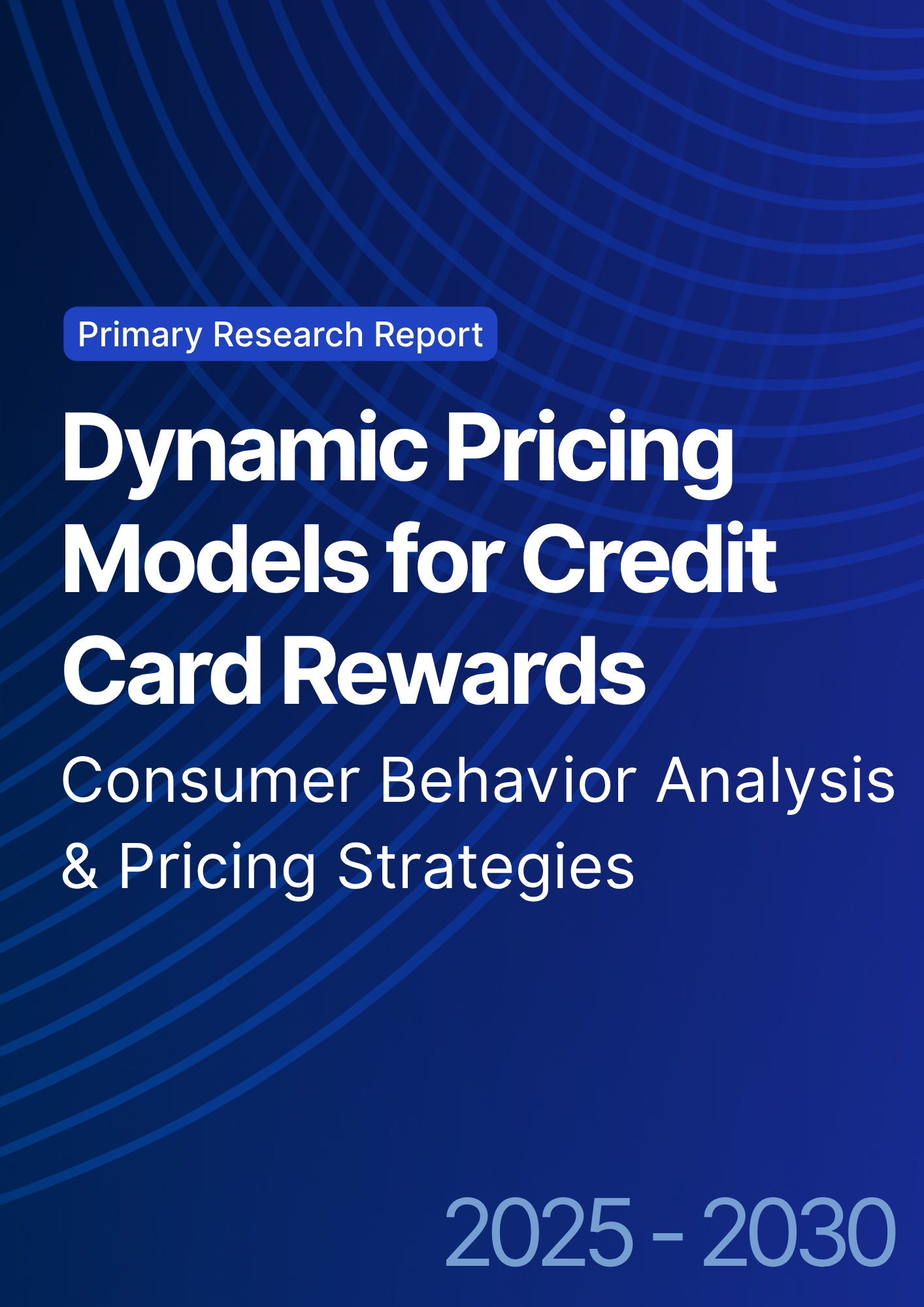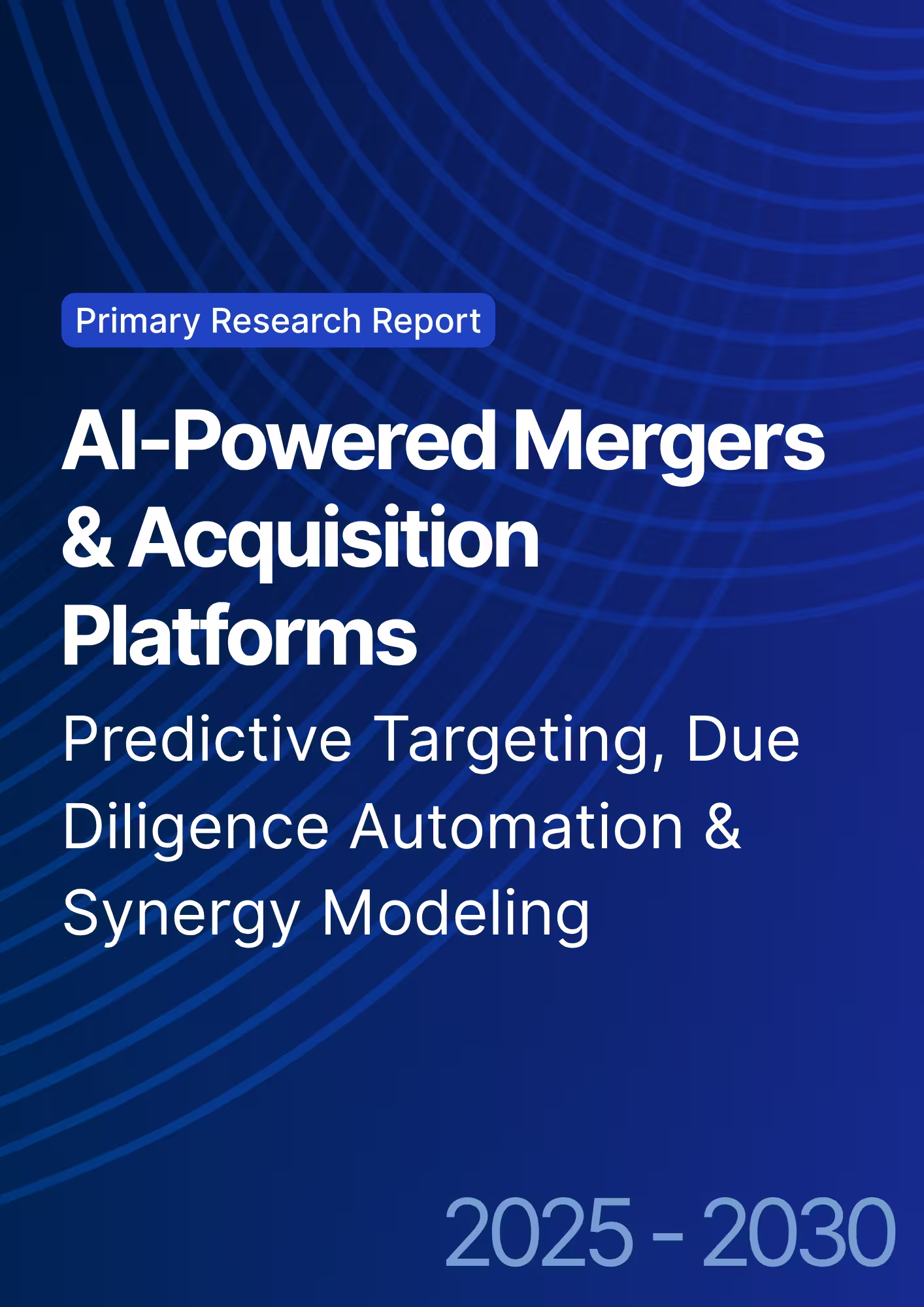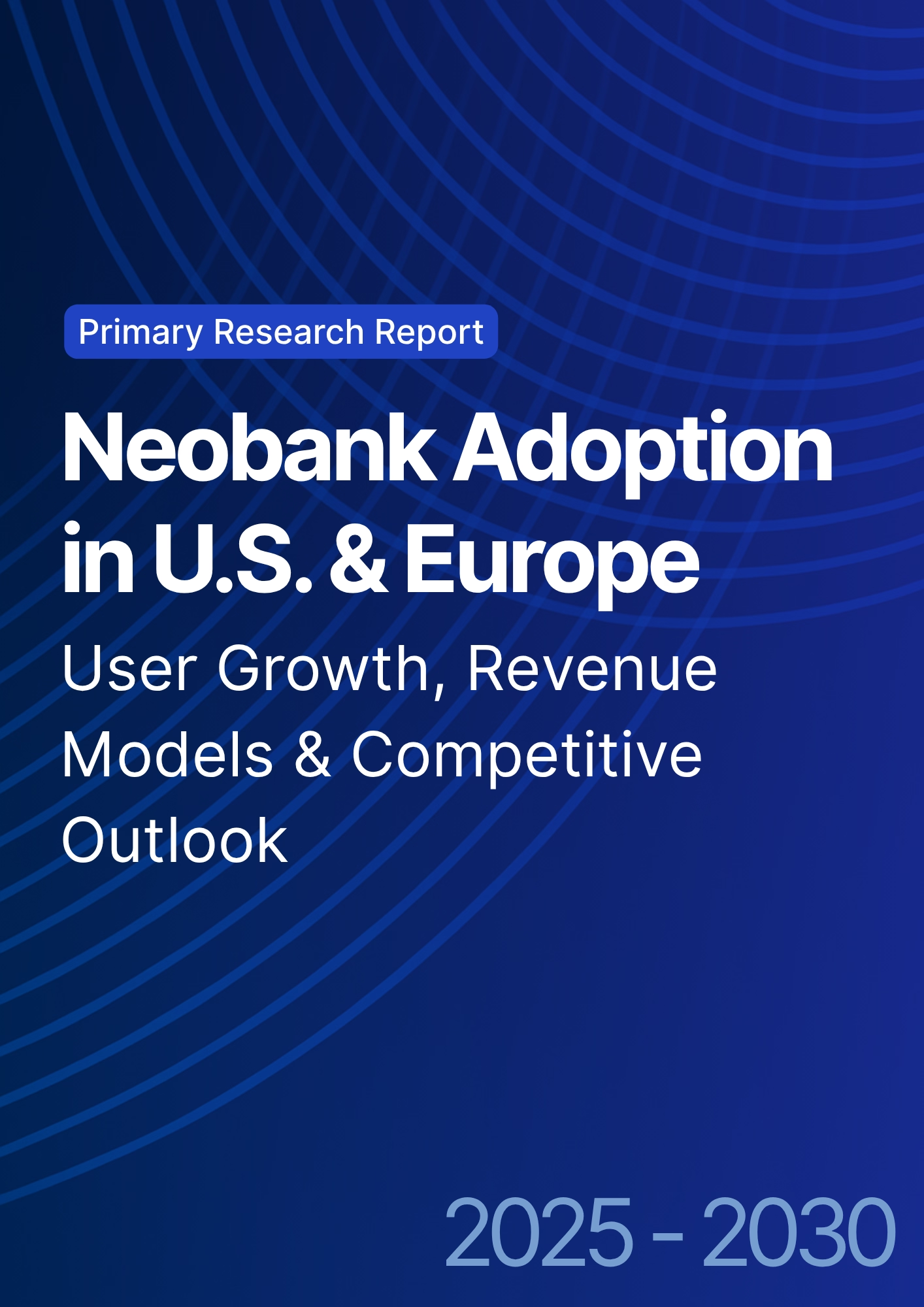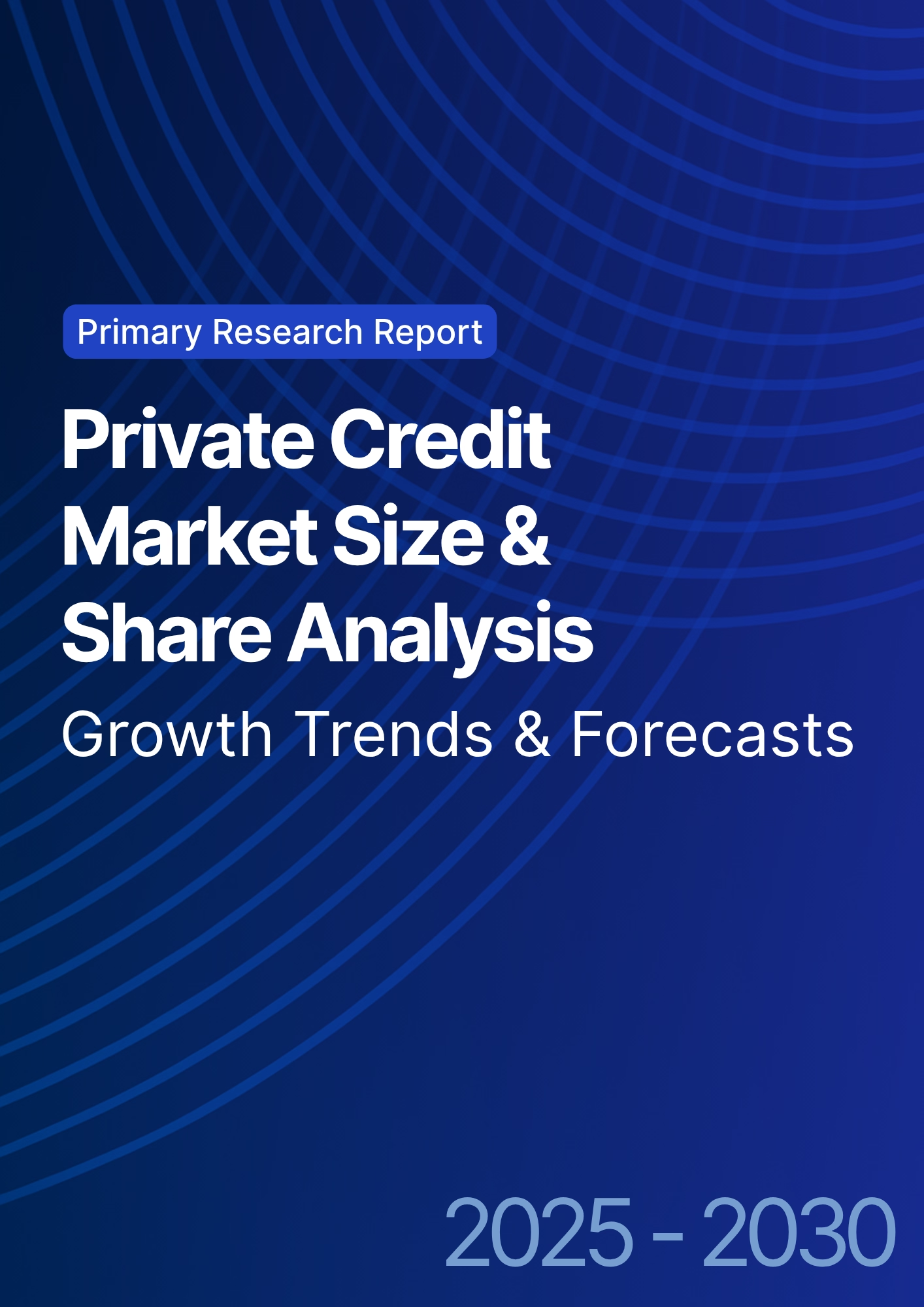

68 Circular Road, #02-01 049422, Singapore
Revenue Tower, Scbd, Jakarta 12190, Indonesia
4th Floor, Pinnacle Business Park, Andheri East, Mumbai, 400093
Cinnabar Hills, Embassy Golf Links Business Park, Bengaluru, Karnataka 560071
Connect With Us
Dynamic Pricing Models for Credit Card Rewards: Consumer Behavior Analysis & Pricing Strategies
The credit card rewards market in North America is expected to evolve toward dynamic pricing models by 2030, optimizing redemption values and customer engagement through AI-driven behavioral analytics. The market is projected to reach $45.6B by 2030, growing from $27.4B in 2025 (CAGR 10.6%). Financial institutions are using machine learning algorithms to dynamically adjust reward values based on spending categories, customer lifetime value (CLV), and market demand. This innovation is driving higher profit margins, lower churn rates, and stronger loyalty ecosystems, as banks and fintechs experiment with real-time pricing in rewards programs. With a strong focus on AI-driven risk assessment and personalized credit modeling, the report also delves into the regulatory landscape, consumer adoption, and market dynamics influencing BNPL growth in India.

What's Covered?
Report Summary
Key Takeaways
- Market size: $27.4B → $45.6B (CAGR 10.6%).
- Dynamic pricing adoption to increase by 40% among major card issuers by 2030.
- AI-based algorithms to enhance reward valuation accuracy by 35%.
- Customer retention expected to improve by 25% through personalized reward pricing.
- Travel and dining categories will account for 45% of dynamic reward adjustments.
- Redemption frequency to rise by 30% as pricing transparency improves.
- Average redemption value to increase by 12% with real-time optimization.
- Financial institutions to invest $2.5B in AI and analytics for reward modeling.
- Fintech collaborations to grow by 50% in developing pricing automation tools.
- Consumer engagement to rise by 28% due to gamified loyalty ecosystems.
Key Metrics
Market Size & Share
The dynamic pricing models market for credit card rewards in North America is projected to grow from $27.4B in 2025 to $45.6B by 2030, driven by the widespread integration of AI and predictive analytics in financial services. By 2030, 40% of credit card issuers are expected to deploy dynamic reward valuation systems that adjust redemption rates based on real-time consumer spending patterns and market trends. AI-driven algorithms will improve reward accuracy by 35%, optimizing reward programs to align with customer lifetime value (CLV) and profitability metrics. As a result, average redemption values will increase by 12%, while cardholder engagement and retention rates rise by 25%. Financial institutions and fintechs will collectively invest $2.5B in developing and deploying dynamic pricing infrastructure by 2030.
Market Analysis
Dynamic pricing for credit card rewards is transforming the traditional loyalty landscape by enabling real-time reward valuation based on individual spending behaviors. AI and machine learning models analyze millions of transactions to optimize reward pricing, ensuring that consumers receive personalized offers tailored to their preferences and financial habits. This system encourages higher redemption rates, increased transaction frequency, and stronger brand loyalty. Travel, dining, and retail sectors will lead adoption, accounting for 45% of all dynamic reward adjustments by 2030. The implementation of AI-powered loyalty ecosystems will drive $12B in annual incremental revenue for financial institutions through cross-sell opportunities and reduced churn. Banks and fintechs are collaborating on gamified platforms and predictive redemption analytics, enhancing consumer experience and engagement.

Trends & Insights
- AI-Driven Rewards Optimization: 35% accuracy improvement in reward pricing algorithms.
- Consumer Personalization: 25% boost in retention rates through customized offers.
- Dynamic Redemption Rates: Adjusted in real-time across travel, dining, and e-commerce.
- Fintech-Bank Collaborations: 50% increase in partnerships for pricing automation tools.
- Gamified Loyalty Programs: 28% increase in consumer engagement.
- Predictive Analytics Adoption: Enables dynamic CLV tracking and spend-based reward modeling.
- AI Infrastructure Investments: $2.5B in analytics and pricing systems by 2030.
- Reward Redemption Growth: 12% improvement in average redemption value.
- Market Consolidation: Banks acquiring fintechs to enhance AI pricing capabilities.
- Sustainability Tie-Ins: Green reward categories growing 20% faster due to ESG-linked incentives.
These trends highlight how AI-powered dynamic pricing models are reshaping the credit card rewards ecosystem, driving profitability, loyalty, and operational efficiency across the North American financial market.
Segment Analysis
The dynamic pricing models market for credit card rewards is segmented into AI-powered algorithms (40%), predictive analytics (25%), fintech partnerships (20%), and behavioral modeling systems (15%). AI algorithms dominate the market with 40% share, enabling real-time pricing optimization across customer segments. Predictive analytics, representing 25%, supports spend forecasting and profitability modeling. Fintech collaborations are accelerating innovation, comprising 20% of the market, as startups introduce pricing automation platforms. Behavioral modeling, at 15%, allows issuers to predict redemption likelihood and design personalized offers that maximize retention. By 2030, these integrated systems will become standard practice across all major card issuers in the US and Canada.
Geography Analysis
The USA leads the dynamic pricing model adoption, holding 70% of North America’s market share. Major card issuers like Chase, American Express, and Capital One are pioneering AI-based reward valuation systems to enhance customer engagement and profitability. Canada represents 30% of the market, focusing on fintech-bank collaborations to implement dynamic loyalty ecosystems. Key innovation hubs—New York, San Francisco, and Toronto—are driving technological development in reward analytics and customer data modeling. By 2030, North America will set global benchmarks for real-time reward pricing, influencing credit card loyalty programs worldwide.

Competitive Landscape
Major players in the credit card rewards and loyalty ecosystem include American Express, JPMorgan Chase, Capital One, Mastercard, and Visa, alongside fintech innovators like Bilt Rewards, Cardlytics, and Ascenda. American Express and Chase are leading in AI-based dynamic pricing, integrating machine learning to optimize reward valuation. Capital One and Mastercard are investing in predictive analytics engines to enhance personalization and spend forecasting. Fintech firms such as Cardlytics and Ascenda are providing data infrastructure for banks to run real-time pricing experiments. The market’s competitive advantage lies in AI-driven personalization, cross-sector partnerships, and customer engagement models, positioning North America as the global hub for dynamic loyalty innovation.
Report Details
Proceed To Buy
Want a More Customized Experience?
- Request a Customized Transcript: Submit your own questions or specify changes. We’ll conduct a new call with the industry expert, covering both the original and your additional questions. You’ll receive an updated report for a small fee over the standard price.
- Request a Direct Call with the Expert: If you prefer a live conversation, we can facilitate a call between you and the expert. After the call, you’ll get the full recording, a verbatim transcript, and continued platform access to query the content and more.


68 Circular Road, #02-01 049422, Singapore
Revenue Tower, Scbd, Jakarta 12190, Indonesia
4th Floor, Pinnacle Business Park, Andheri East, Mumbai, 400093
Cinnabar Hills, Embassy Golf Links Business Park, Bengaluru, Karnataka 560071
Request Custom Transcript
Related Transcripts
$ 1450
$ 1450


68 Circular Road, #02-01 049422, Singapore
Revenue Tower, Scbd, Jakarta 12190, Indonesia
4th Floor, Pinnacle Business Park, Andheri East, Mumbai, 400093
Cinnabar Hills, Embassy Golf Links Business Park, Bengaluru, Karnataka 560071





.png)







